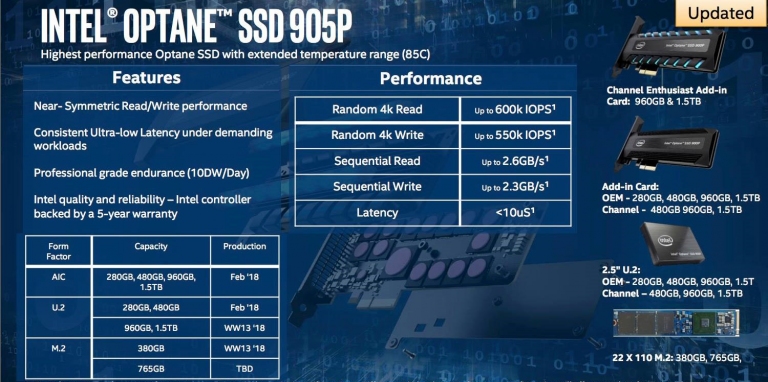Yes, that looks like it would be RAM cache (though the 4K QD1 Read is low for RAM).
I think Intel is aware that since 4K is exactly what it says, super small files, there really is no need for crazy 4K speed as Optane already delivers 4K data far faster than any NAND solution.
Large files by contrast benefit from the bandwidth. To me it looks like Intel is devoting some kind of RAM caching only for the files that would benefit from it the most and leaving the smaller files to Optane alone.
In any event this laptop is crazy fast no matter what is happening under the hood. Boots are blazing and apps load instantaneously. If Optane is doing this it is easier to make a case for 16GB or RAM over 8GB as I am sure that the cache is based on free RAM.







